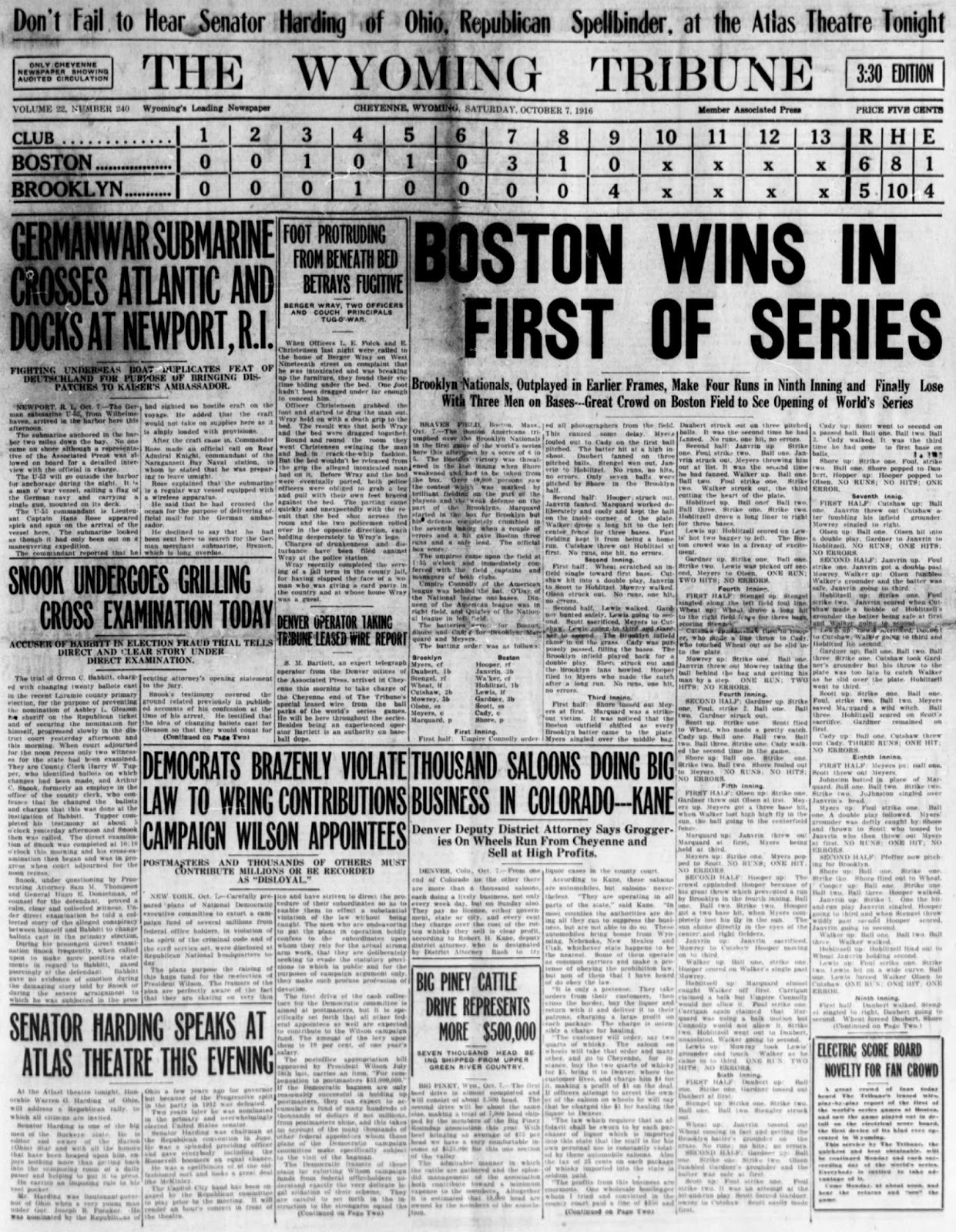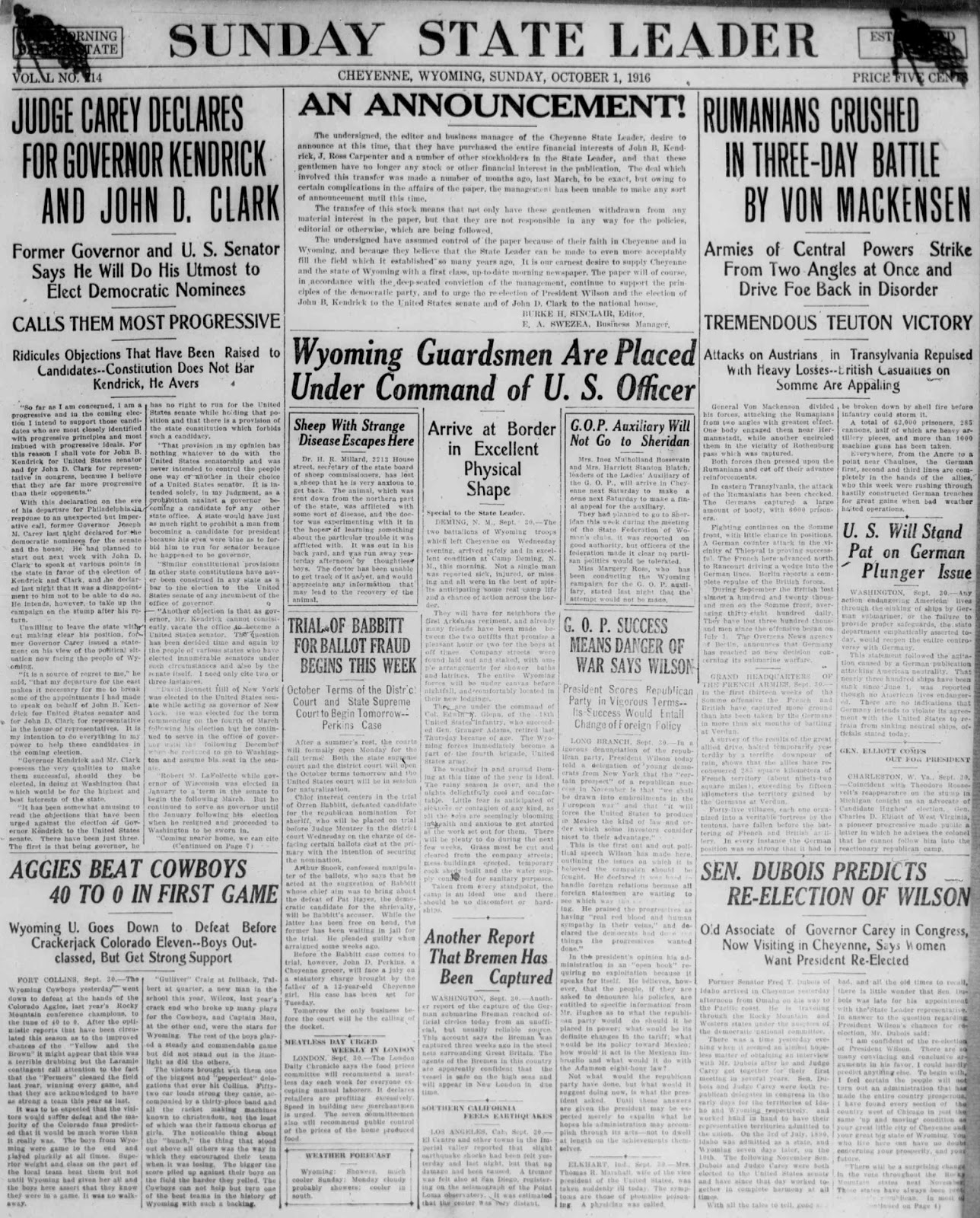Habakkuk’s First Complaint
How long, O LORD, must I cry for help
and you do not listen?
Or cry out to you, “Violence!”
and you do not intervene?
Why do you let me see iniquity?
why do you simply gaze at evil?
Destruction and violence are before me;
there is strife and discord.
This is why the law is numb
and justice never comes,
For the wicked surround the just;
this is why justice comes forth perverted.
God’s Response
God’s Response
Look over the nations and see!
Be utterly amazed!
For a work is being done in your days
that you would not believe, were it told.
For now I am raising up the Chaldeans,
that bitter and impulsive people,
Who march the breadth of the land
to take dwellings not their own.
They are terrifying and dreadful;
their right and their exalted position are of their own making.
Swifter than leopards are their horses,
and faster than desert wolves.
Their horses spring forward;
they come from far away;
they fly like an eagle hastening to devour.
All of them come for violence,
their combined onslaught, a stormwind
to gather up captives like sand.
They scoff at kings,
ridicule princes;
They laugh at any fortress,
heap up an earthen ramp, and conquer it.
Then they sweep through like the wind and vanish—
they make their own strength their god!
Habakkuk’s Second Complaint
Habakkuk’s Second Complaint
Are you not from of old, O LORD,
my holy God, immortal?
LORD, you have appointed them for judgment,
O Rock,* you have set them in place to punish!
Your eyes are too pure to look upon wickedness,
and the sight of evil you cannot endure.
Why, then, do you gaze on the faithless in silence
while the wicked devour those more just than themselves?
You have made mortals like the fish in the sea,
like creeping things without a leader.
He brings them all up with a hook,
and hauls them away with his net;
He gathers them in his fishing net,
and then rejoices and exults.
1Therefore he makes sacrifices to his net,
and burns incense to his fishing net;
For thanks to them his portion is rich,
and his meal lavish.
Shall they, then, keep on drawing his sword
to slaughter nations without mercy?
I will stand at my guard post,
I will stand at my guard post,
and station myself upon the rampart;
I will keep watch to see what he will say to me,
and what answer he will give to my complaint.
God’s Response
God’s Response
Then the LORD answered me and said:
Write down the vision;
Make it plain upon tablets,
so that the one who reads it may run.
For the vision is a witness for the appointed time,
a testimony to the end; it will not disappoint.
If it delays, wait for it,
it will surely come, it will not be late.
See, the rash have no integrity;
but the just one who is righteous because of faith shall live.
Sayings Against Tyrants
Sayings Against Tyrants
Indeed wealth is treacherous;
a proud man does not succeed.
He who opens wide his throat like Sheol,
and is insatiable as death,
Who gathers to himself all the nations,
and collects for himself all the peoples—
Shall not all these take up a taunt against him
and make a riddle about him, saying:
Ah! you who store up what is not yours
—how long can it last!—
you who load yourself down with collateral.
Will your debtors not rise suddenly?
Will they not awake, those who make you tremble?
You will become their spoil!
Because you plundered many nations,
the remaining peoples shall plunder you;
Because of the shedding of human blood,
and violence done to the land,
to the city and to all who live in it.
Ah! you who pursue evil gain for your household,
setting your nest on high
to escape the reach of misfortune!
You have devised shame for your household,
cutting off many peoples, forfeiting your own life;
For the stone in the wall shall cry out,
and the beam in the frame shall answer it!
Ah! you who build a city by bloodshed,
and who establish a town with injustice!
Is this not from the LORD of hosts:
peoples toil for what the flames consume,
and nations grow weary for nothing!
But the earth shall be filled
with the knowledge of the LORD’s glory,
just as the water covers the sea.
Ah! you who give your neighbors
the cup of your wrath to drink, and make them drunk,
until their nakedness is seen!
You are filled with shame instead of glory;
drink, you too, and stagger!
The cup from the LORD’s right hand shall come around to you,
and utter shame shall cover your glory.
For the violence done to Lebanon shall cover you,
and the destruction of the animals shall terrify you;
Because of the shedding of human blood,
and violence done to the land,
to the city and to all who live in it.
Of what use is the carved image,
that its maker should carve it?
Or the molten image, the lying oracle,
that its very maker should trust in it,
and make mute idols?
Ah! you who say to wood, “Awake!”
to silent stone, “Arise!”
Can any such thing give oracles?
It is only overlaid with gold and silver,
there is no breath in it at all.
But the LORD is in his holy temple;
silence before him, all the earth!
Hymn About God’s Reign
Hymn About God’s Reign
LORD, I have heard your renown,
and am in awe, O LORD, of your work.
In the course of years revive it,
in the course of years make yourself known;
in your wrath remember compassion!
God came from Teman,
the Holy One from Mount Paran.
Selah
His glory covered the heavens,
and his praise filled the earth;
his splendor spread like the light.
He raised his horns high,
he rejoiced on the day of his strength.
Before him went pestilence,
and plague* followed in his steps.
He stood and shook the earth;
he looked and made the nations tremble.
Ancient mountains were shattered,
the age-old hills bowed low,
age-old orbits collapsed.
The tents of Cushan trembled,
the pavilions of the land of Midian.
Was your anger against the rivers, O LORD?
your wrath against the rivers,
your rage against the sea,
That you mounted your steeds,
your victorious chariot?
You readied your bow,
you filled your bowstring with arrows.
Selah
You split the earth with rivers;
at the sight of you the mountains writhed.
The clouds poured down water;
the deep roared loudly.
The sun forgot to rise,
the moon left its lofty station,
At the light of your flying arrows,
at the gleam of your flashing spear.
In wrath you marched on the earth,
in fury you trampled the nations.
You came forth to save your people,
to save your anointed one.
You crushed the back of the wicked,
you laid him bare, bottom to neck.
Selah
You pierced his head with your shafts;
his princes you scattered with your stormwind,
as food for the poor in unknown places.
You trampled the sea with your horses
amid the churning of the deep waters.
I hear, and my body trembles;
at the sound, my lips quiver.
Decay invades my bones,
my legs tremble beneath me.
I await the day of distress
that will come upon the people who attack us.
For though the fig tree does not blossom,
and no fruit appears on the vine,
Though the yield of the olive fails
and the terraces produce no nourishment,
Though the flocks disappear from the fold
and there is no herd in the stalls,
Yet I will rejoice in the LORD
and exult in my saving God.
GOD, my Lord, is my strength;
he makes my feet swift as those of deer
and enables me to tread upon the heights.
For the leader; with stringed instruments.












.jpg)










